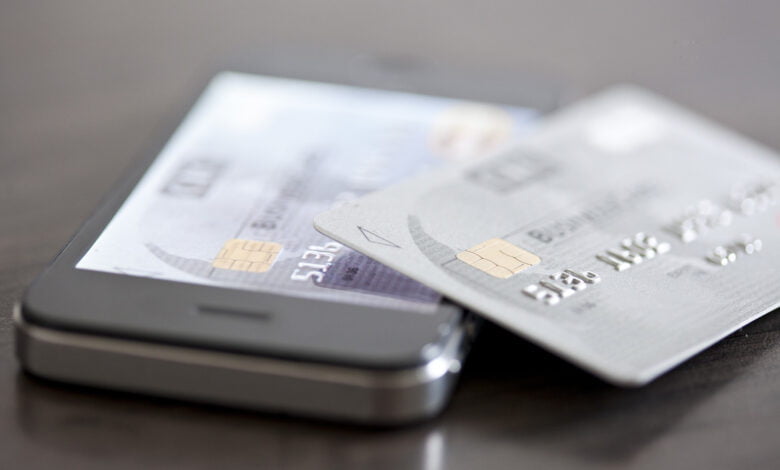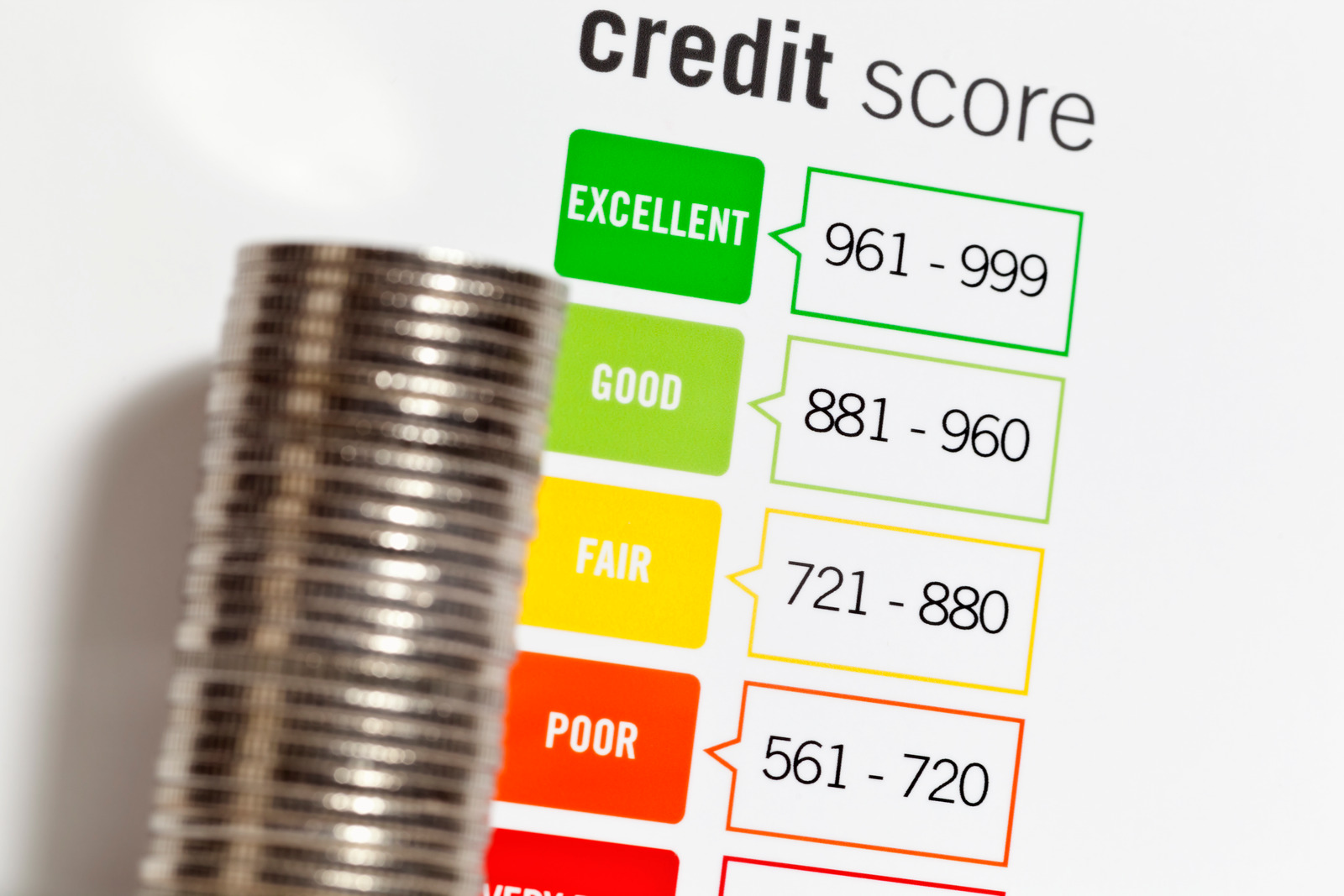Credit decisions: Is human behaviour intelligence used to fuel the next-generation credit judgment engine?

A next-generation credit decision engine powered by human behaviour intelligence
Lenders often assess a borrower’s credit history based on credit use, past loan performance, and types of credit they have used. However, the unbanked population—of whom India has the second-largest in the world, according to the RBI—that has a scant or nonexistent credit history frequently does not benefit from this method of determining creditworthiness.
We live in a world that was affected by the epidemic, and everyone suffered as a result. Therefore, the past does not necessarily predict what the future will bring. What counts most is how people are acting right now. Here, human behaviour intelligence solutions are giving financial organizations a chance to enhance the choices that form the basis of their lending procedures.
The condition of credit choices right now
The absence of data has historically caused banks and other financial institutions to struggle with their underwriting processes. As a result, they are unable to achieve financial inclusion. On the one hand, banks are having trouble approving loans for MSMEs and new clients because there is a dearth of financial and operational data needed for underwriting and risk management. However, banks also believe that the traditional method is ineffective and expensive when handling small-ticket loans.
The traditional method of credit scoring frequently makes predictions about potential loan defaults using information from financial documents and credit bureaus. The conventional technique is not workable for evaluating new-to-credit clients or MSMEs that lack financial data to support a projection as firms redesign their operating models in the post-pandemic environment. This increases the requirement to make credit judgments more quickly and with more accurate information.
The foundation of next-generation credit decisioning
To solve the aforementioned issues, behavioural intelligence solutions that emphasize data, analytics, and cooperative business models between lending institutions and fintech companies are increasingly popular. To comprehend client behaviour, these technologies analyze patterns in surrogate data. App usage, geolocation, utility payments, minor loans, travel history, online purchasing, business interactions with the government, property records, social media activity, and other factors are taken into account when evaluating a person’s creditworthiness.
Creating models for decision-making around credit in the future
To incorporate more accurate data into automated credit-decision models and better prepare for future issues, banks may adopt four best practices as they continue their digital transitions.
New opportunities for banks to enhance the credit-decision models that support their lending procedures are being created by the ongoing developments in big data, digital, and analytics. The new, high-performance models provide banks with the capacity to more accurately define lending (and capital) characteristics, It improves their capacity to accept creditworthy clients and decline offers from clients who are either uncreditworthy or unable to take on more debt. In reality, owing to more accurate and automated decisions, the banks (and fintech firms) that have used such innovative models have already raised revenue, decreased credit-loss rates, and realized notable efficiency benefits.
The COVID-19 epidemic provided an opportunity to demonstrate the advantages of the new decision models. They have succeeded successfully, but conventional models have found it difficult to adapt to the changing needs of customers, prompting banks to turn to Band-Aid fixes (for example, expert adjustments of default rates at portfolio-segment levels). Four best practices that we have seen while creating new or improving current credit-decision models are shared in this post.
Challenges and benefits

Making the switch to a more sophisticated credit model is difficult for many institutions. They encounter substantial capability, technological, and cultural obstacles, such as a constrained range of data sources, basic analytical tools, reliance on underwriters’ and relationship managers’ (RMs’) subjective evaluations, outmoded, rigid models that have been patched over time, and worries about the length of implementation and regulatory reviews.
These difficulties are actual and should not be minimized. However, the advantages of doing so should not be overlooked either. Three main advantages have been realized by banks that have previously included high-performance credit-decision algorithms in their digital lending:
- Increased income: Because of the new models’ greater acceptance rates, cheaper acquisition costs, and improved customer experiences, revenue has increased by 5 to 15%. Banks can increase acceptance rates and pricing by more accurately identifying creditworthy and noncreditworthy consumers. A decisioning model, meanwhile, decreases acquisition costs and enhances customer satisfaction by automating significant portions of the assessment process and getting rid of paper-intensive stages. Additionally, this leads to quicker executions, which minimize the normal price slippage seen with lengthier timeframes.
- lower rates of credit losses: By utilizing algorithms that could more precisely predict consumers’ chances of default, businesses have experienced a reduction in their credit losses of 20 to 40%. This factor influences the minimum capital and provisioning requirements for banks.
- Gains in productivity: Employing the new models has increased efficiency by 20 to 40% as a consequence of a combination of more highly automated data extraction, case prioritizing (e.g., using straight-through processing for low-risk instances while extensively studying higher-risk situations), and model building.
A methodical strategy for change

A new credit-decision model may be implemented by banks in less than six months by using a five-stage agile approach, which is far quicker than the 12 to 24 months that are now the industry standard:
- Credit-model demonstration. Examine the credit model’s performance, theoretical underpinnings, and application to spot any potential flaws.
- Designing and diagnosing a credit scoring model. Create a road map for including such data after assessing the present level of data ready and identifying data sources that are simple to integrate into modelling. To find areas of weakness, compare model performance across multiple segments and against those of competitors.
- Engineering and preparation of data. Ensure that the data can be modelled (for example, format them, check the completeness, and treat missing values and records).
- A next-generation credit-score model is being developed. Produce a minimum viable product that is production-ready. Each model cycle typically takes two weeks to complete, with expert and analytical feedback incorporated throughout.
- The change in lending includes the use of credit scoring. Automate the lending procedures and revise the credit decision model to reflect the new credit score models.
As banks continue to digitize their operations, they need increasingly sophisticated and automated credit decision models that can take into consideration a wide variety of conventional and non-conventional data from both inside and outside the company. They will be stronger and more resilient as a result, increasing their ability to compete and withstand pressure from challenger banks and fintech firms during difficult economic times. Any bank may enhance its model by using the four best practices we’ve covered here.
A competitive requirement that is crucial to business

Based on these three benefits of improved credit-decision models, a typical bank with €50 billion in assets from small and medium-sized enterprises (SMEs) may see an increase in profit of between €100 million and €200 million. In addition to these advantages, failing to use next-generation credit models by banks has significant drawbacks.
Banks only upgraded their models every five to ten years in the past. When banks could rely on their current positions to maintain market share and profitability, that was an option. However, as client information becomes more democratized through “open banking” and rules like PSD2, as well as attackers, banks, and fintech firms increase and focus on an increasingly technologically sophisticated customer base, the model is significantly less viable.
Concerningly, given the market disruptions brought on by the COVID-19 epidemic, many credit-decision models employed today rely on past data that is essentially unusable. Some banks have used model overlays that are developed subjectively and are insufficiently exact for underwriting, frequently at the regional or industry level.
Without distinguishing between a restaurant that has quickly switched to an omnichannel model (which handles business disruptions and lockdowns) and one that has not, such overlays would, for instance, attribute a high chance of default to the London hospitality industry. A wave of projected firm failures will worsen the situation as governments begin to reduce their special aid. Banks must identify these companies right away.
Using cutting-edge credit-decision models is, to put it another way, not only a powerful tool to boost profits but also a very important competitive need for organizations. More automated decision models need to be used by banks so they may access new data sources, better understand consumer behaviour, reach new market groups, and respond to changes in the business environment more quickly.
This would enable businesses to compete with competitor banks and fintech firms that are continuously stepping up their technological game and trying to take market share. They will also be able to better service their clients and expand their business.
More automated credit decision models need to be used by banks so they may access new data sources, better understand consumer behaviour, reach new market groups, and respond to changes in the business environment more quickly.
Why human behaviour intelligence?
 In addition to lowering the hurdles to borrowing money, human behaviour intelligence gives banks the chance to automate their credit underwriting procedures. It enables lenders to take advantage of possibilities across the loan pyramid and access other sources of data for rating. Additionally, financial organizations may address some of the major issues caused by conventional credit scoring procedures thanks to human behaviour intelligence, such as-
In addition to lowering the hurdles to borrowing money, human behaviour intelligence gives banks the chance to automate their credit underwriting procedures. It enables lenders to take advantage of possibilities across the loan pyramid and access other sources of data for rating. Additionally, financial organizations may address some of the major issues caused by conventional credit scoring procedures thanks to human behaviour intelligence, such as-
- Credibility: In comparison to financial data analysis, human behaviour analysis is a more dependable source for credit evaluation and has been shown to lower loan risk. For instance, a high CIBIL score could not accurately indicate a borrower’s propensity for missing bill payments. Analysis of payment patterns for bills raises the trustworthiness level.
- Fraud detection: With the use of alternative data made accessible by digital automation and machine learning (ML), lenders can spot fraud and take risk-reduction measures by identifying atypical company operating trends. For instance, a corporation that consistently runs afoul of the law (based on the number of charges brought against it) may be viewed as a riskier proposition than one with comparatively fewer legal conflicts.
- Continuous monitoring: Using human behaviour intelligence, the lender may keep an eye on the borrower’s real company operations and gain a more full understanding of the creditworthiness of a customer. Consider how the filing of returns with tax and labour authorities may be used to assess the health of a firm. Any delay in TDS filing, it should be emphasized, points to a liquidity problem.
Lenders must consider factors other than consumers’ credit histories when making credit choices. Businesses deserve to be understood holistically in our post-pandemic environment. Fortunately, lenders already have access to crucial information as well as outside information that enhances the process. Technology advancements help to assist this and speed up the process overall. It’s time for bankers to change their lending practices, eschew traditional methods, and embrace innovation.
Ideal techniques

This study has found four recommended practices for creating new credit-decisioning models: use a modular architecture, increase the number of data sources, look for credit signals in the data, and use business knowledge. We have also established a five-stage agile approach that will enable us to execute a new model much more quickly than the traditional 12 to 24 months, in less than six months.
- Enlarge the data sources
Leaders in the industry use a variety of internal and external data sources to boost the predictive capability of credit signals. They utilize internal sources of traditional data more effectively than their rivals, augment it with internal nontraditional data, and add conventional external data to complete the picture. As a way to fill in the blanks, they also examine more atypical external data and even include some arbitrary information from underwriters and risk managers. Transactional data have proven to be helpful in our work with clients.
For instance, CEOs are adopting open banking to better use historical transactional data. It is probable that the cornerstone for future analytics will be open banking. This is so that open-banking data, which can look across institutions, may give a more complete perspective of the consumer than other data can—giving a more precise estimate of income, for instance. And many transaction information may be easily retrieved via open banking APIs.
Telecom data are a great example of non-traditional external data that may enhance internal data. Many people have no credit history. However, their mobile devices produce a wealth of information on personal activity, such as call and text trends, mobile phone purchases, and bill payments for phone usage.
- Data mining to find credit signals
Leading banks to excel at extracting extremely prescient credit signals from their internal existing data as well as from several data sources. This necessitates doing in-depth studies on the data already available, such as mining transaction data that goes well beyond just calculating the number of days payment is past due and inflow and outflow analyses that are frequently seen in behavioural models.
Additionally, these financial institutions use open-banking data (based on the jurisdiction) to pinpoint intricate spending and income patterns, create fictitious financial and cash-flow statements, and then use fictitious statements to extract credit signals and discover fresh ways to divide up their clientele. Leading banks use machine learning (ML) and artificial intelligence (AI) to create a more comprehensive, albeit slightly imperfect, understanding of their consumers while having limited access to their data.
Some banks are considerably more sophisticated. They employ deep analytics to explore a larger collection of data for credit indications and have well-coordinated business and modelling expertise. For instance, they monitor network activity to include personal and professional activities in their risk models and utilize text-mining and natural-language processing tools to tag transaction information more. These banks are also pioneers in the use of ML and AI in the following three fields:
Segmentation rules creation: A bank may establish precise and occasionally new consumer categories by using ML algorithms to detect particular variables. For instance, risk variables derived from firm financials are more important for bigger organizations than risk factors based on local location for smaller enterprises.
Credit signals to be derived: There are several approaches, including formulating commercially reasonable ratios and using conventional variable transformations (for instance, using power functions, splines, and trend analysis). By using many such adjustments, a US bank in a partnership with a supermarket, for instance, may raise the Gini coefficient (predictive power) of a single variable generated from SKUs from 8 to 32.
Banks have lately expanded this toolkit by utilizing ML and AI approaches. For instance, a bank can discover changes in individual customers’ rent and utility payments by using natural-language processing techniques to transactions made on an account, and afterwards evaluate whether a consumer is having credit issues.
Construction and verification of challenger models. In addition to traditional credit-risk models, a bank may employ ML approaches to create challenger models to identify areas where additional credit signals may improve performance.
- Utilize your business knowledge
Although ML and AI are remarkable technologies, credit models shouldn’t be only built using statistical techniques. Banks must make use of their own business experience during the model-development process for a model that is genuinely reliable and high-performing. They will subsequently be able to recognize and assess new credit signals and more clearly comprehend where credit signals are lacking.
For enhanced credit signalling, model designers should speak with underwriters and RMs about credit-related concerns and collaborate with them to translate their views into qualitative questions. Based on their own in-person experiences with clients, their familiarity with banking procedures, and their comprehension of compliance, these business specialists may also assist in validating credit signals. For instance, business experts in the UK emphasized the significance of trade flows following Brexit to comprehend the credit performance of export-oriented companies. Given that historically prosperous and expanding enterprises did not encounter trade interruptions, this signal may not have been as apparent in the model.
edited and proofread by nikita sharma




